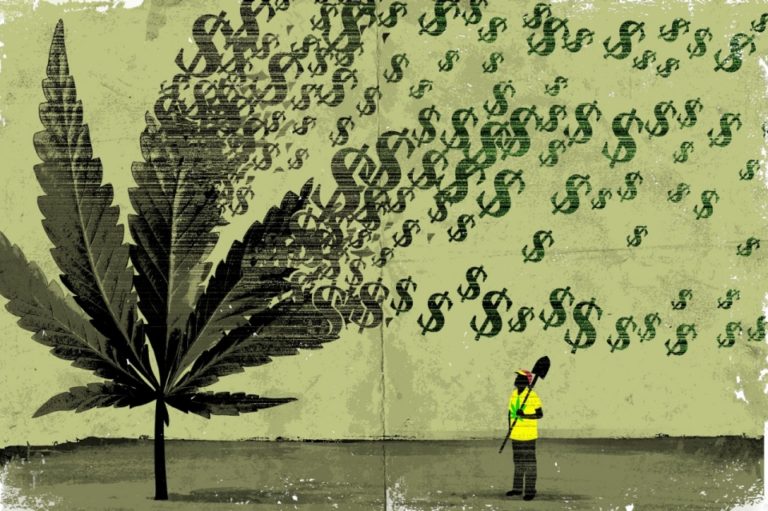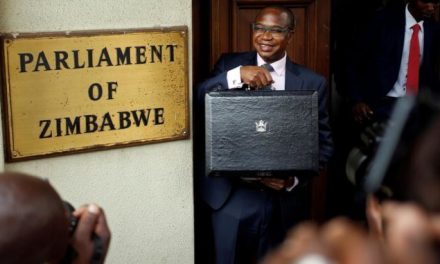In 2018 the government of Zimbabwe legalised the growing of marijuana for medical and scientific uses. In doing so, the country became the second country in Africa to pave way for the legal commercial production, and possibly consumption, of the drug. At first, the government demanded a USD 50 000 application fee for prospective growers which was later reduced to USD 10 000. Again, remember that this was just for applying and if the statistics are anything to go by, the success rate isn’t all that great: in early 2019 it was reported that out of over 200 applications, only 37 were approved—remember that each one of these paid the (in my opinion) hefty fee. This is not a small player’s game.
So for those like us who don’t consider USD10 000 to be pocket change, is it worth it to spend that amount on an application fee for a license you only have less than a fifth of a chance of getting? Without the possibility of a refund. To come up with an answer you have to consider the size of the existing legal marijuana market. Now, marijuana is already worth a lot on the streets as any news report about a possession arrest can inform you but you may wonder if Zimbabwe’s limiting of the market to medical and scientific uses would affect the industry’s potential. Luckily it turns out that the global market for those (legal) uses may be quite large. Also, legal farmers have access to far more and bigger markets across the world than any aspiring el Chapo’s can ever hope for nowadays.
The research market
Marijuana was illegal in most parts of the world for much of modern history. It is only recently that it is being suggested that its harmfulness has been overstated. The perception of its harmfulness has been steadily getting replaced by claims of its benefits—of which while some are getting support from the scientific community a lot are still dubious. Because of its illegal nature, little research has been done to properly assess its harmfulness and/or benefits. This means that there is still a wealth of information which we still need around the plant both for medical and policy reasons. While public institutions like universities can conduct such research, private players can research with the potential for future commercial exploitation of the plant.
The medical market
Much of the legalisation of the drug around the world has been primarily driven by claims of its medical benefits. For instance, there is evidence that it can reduce nausea and vomiting that comes with chemotherapy. The cancer treatment regimen is well-known for being painful and difficult for many patients, that is why the suggestion of cannabis as a form of relief was able to land on sympathetic ears. Unfortunately in Zimbabwe, legalisation was mainly driven by the export potential, so while the law provides for the prescription of the plant for “authorized recipients”, it fails to specify what would make one such. This means that the local market for legal use may be non-existent at the moment.
Other touted medical benefits, most of which lack conclusive scientific evidence, are the improvements of appetite in people such as those with AIDS, the reduction of chronic pain, the treatment of muscle spasms and severe forms of epilepsy.
To serve the needs of the medical market, the product can undergo additional processing into forms such as capsules, lozenges, tinctures, dermal patches, oral or dermal sprays, edibles and vaporizers for alternative ways of consumption.
Export markets
The developed countries which have legalised marijuana also happen to be prime export destinations for the product. Some of these countries, like Canada, have also legalised recreational use of the drug—although we are yet to find out how the law works if Zimbabwean marijuana farmed strictly for medical and scientific use is exported to a foreign company which repackages it for recreational use. Other countries that are importing the plant and its products are Cyprus, the Czech Republic, Germany, Australia, New Zealand and the USA. Our neighbour South Africa also happens to have a growing, if mired in legal confusion, market for the product. For most of these countries, there are still a lot of regulations which you will have to follow for you to be able to get your product across their borders. Robert Mugabe International Airport also happens to be the only legally designated port of entry or exit of cannabis.
The verdict
In 2019 the size of the global marijuana market was USD 17.7 billion and it is projected to grow up to a whopping USD 97.35 billion by 2026. While both the application and license fees demanded by the government are a bit steep (even more so when you consider that the chances of getting your application approved appear to be so low) the market is huge and the license may indeed be a worthwhile investment and its application a similarly worthwhile gamble.








